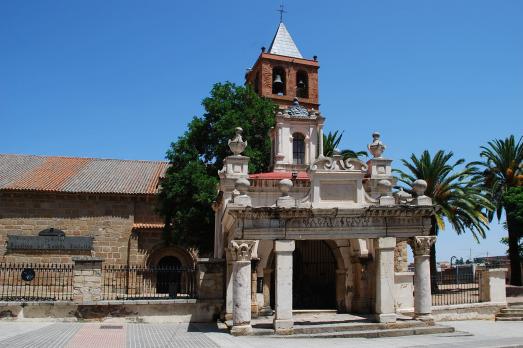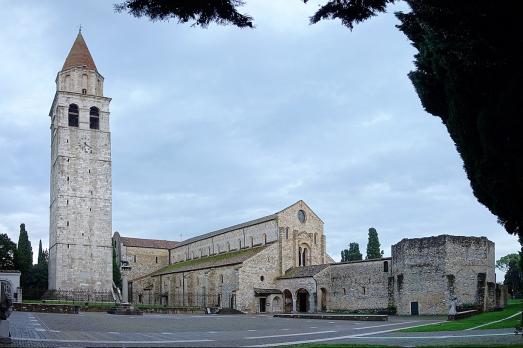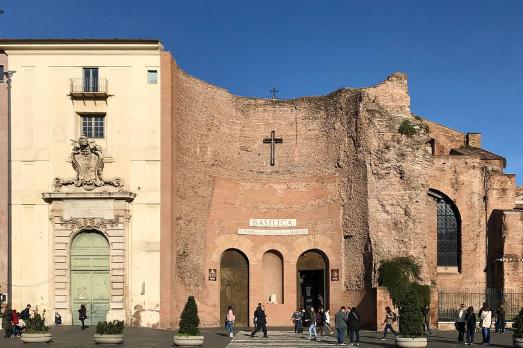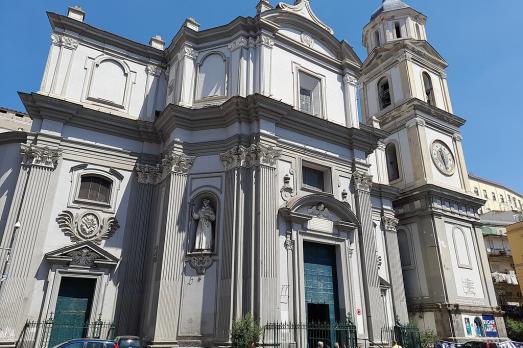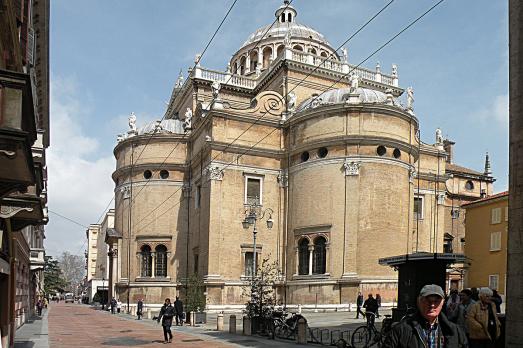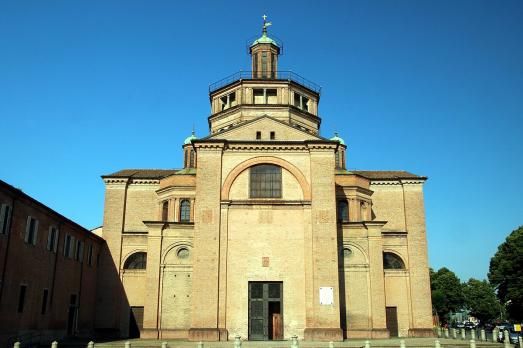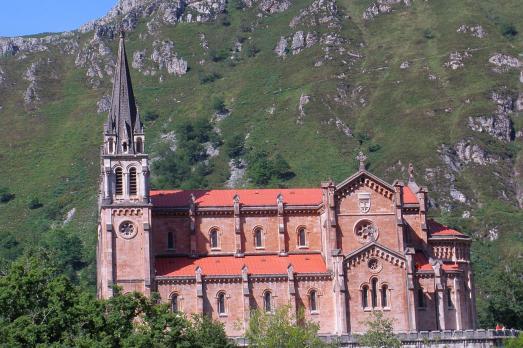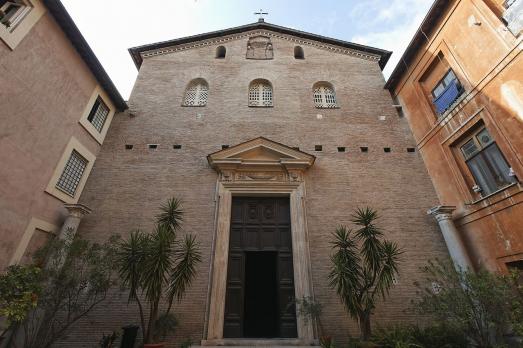
Basilica of Santa Croce
Lecce, IT
The Basilica of Santa Croce is a marvel of Lecce's Baroque architecture, a form of Baroque that was influenced by Spanish Plateresque architecture. The first phase of construction, which began in 1549, was completed in 1582 and saw the construction of the lower part of the façade, up to the balcony. The dome was completed in 1590 and a second phase of work, begun in 1606, saw the construction of three more decorated portals, the construction of the upper part of the façade and the rose window.
